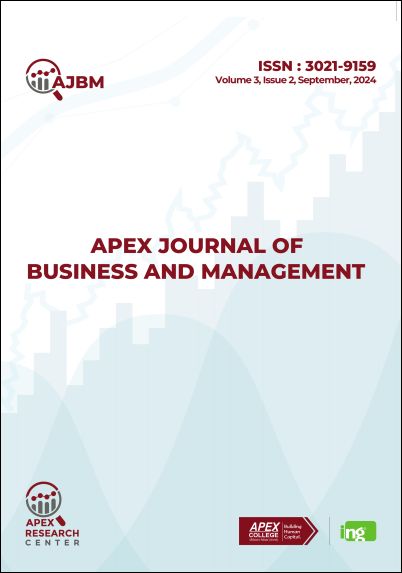Impact of Gross Domestic Product, Government Capital Expenditure, Interest Rates and Remittance Inflow on Domestic Cement Consumption of Nepal
Keywords:
domestic cement consumption, government capital expenditure, gross domestic product, regression, remittance inflowAbstract
Cement/Concrete is the second most consumed commodity in the world, right after water. Cement holds a pivotal role in the economic progress of any country. This study attempted to investigate the impact of certain macroeconomic variables on the domestic cement consumption of Nepal from the period of 2012 to 2022. The macroeconomic variables analyzed in this study were gross domestic product, government capital expenditure, interest rates and remittance inflow. With a positivism philosophy, this study was done using secondary data in a quantitative approach. Statistical tools like correlation, regression and ANOVA were used for the study. The correlation results showed a strong positive correlation between domestic cement consumption and macroeconomic variables gross domestic product, government capital expenditure and remittance inflow. The regression results showed that cement consumption was not responsive to the trends in interest rates and remittance inflow. To increase cement consumption and foster economic growth, it is recommended by the study to increase government capital expenditures and mobilize remittance inflow into capital formation rather than consumption.
Downloads
Downloads
Published
How to Cite
Issue
Section
License
Copyright (c) 2024 The Author(s)

This work is licensed under a Creative Commons Attribution-NonCommercial 4.0 International License.
This license requires that reusers give credit to the creator. It allows reusers to distribute, remix, adapt, and build upon the material in any medium or format, for noncommercial purposes only.




